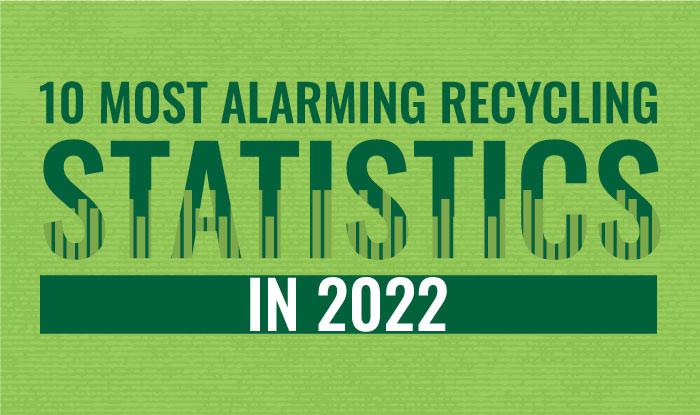
There is something about a year-end review that puts everything in perspective. You get to see the highlights of the past 12 months with a razor-sharp focus and it gives you a sort of direction to move forward.
Unfortunately for the environment, though, there hasn’t been much forward-motion in recent years. According to the EPA, we were recycling at a rate of 34.5% in 2015. The latest report on the matter, which was published in 2019, brings that number down to 32%. While there are so many factors that determine how we are handling the preservation of the planet, in terms of recycling at least, which is a critically important factor, this statistic does not paint a pretty picture.
And that’s nothing when you factor in the pandemic. With the whole world of and all of its business down and closed – including those that deal in recycling – it isn’t far-fetched to assume that the pandemic years have not been too kind to the earth and its problems.
Recently, a Hollywood movie, Don’t Look Up, has been released that deals with this matter with a darkly comedic lens. Using the metaphor of a giant comet that’s headed towards earth, the director has tried to present his take on the world’s response towards the impending climate disaster. Mirroring the real world, nobody is taking the scientists seriously as they try to warn the world of what this comet is going to do.
When you watch the movie, it is so easy to feel the frustration these experts are facing on screen. If you care about the environment, that frustration intensifies. However, when you look at these ten leading statistics below, you are forced to admit that none of this frustration is coming to any fruition. Perhaps it’s the disinterest of the global powers or just our species’ lack of sufficient self-preservation instincts, we are continuously ignoring what our planetary home is up against.
70% of toxic waste in our landfills is composed of e-waste. The electronic waste consists of some of the most hazardous materials known to men, and we still refuse to recycle it properly. In terms of recycling materials, e-waste ranks at the bottom of the list. And the little bit of that we do deign to recycle, we do it by sending tons of it to underdeveloped countries where there are already insufficient infrastructure and resources to take care of this recycling properly. When we say properly, we mean in a way that is not further harmful to humans or the environment.
Closer to home, we suffer from a gap of 45% in recycling across America. We throw away 80% of the recyclable stuff to the garbage cans and all this trash ends up in landfills, fueling the problem. And the really sad part is, we can do better if we just pay a bit of attention. Even reading the expiry labels correctly can help us save the 80% of perfectly good food that we throw away because we didn’t read the label right.
As we venture into a hopeful 2022, doing it with a bit of attention should be the common goal. With the threat of the pandemic still upon us, a collectively conscious effort to save our planet will help us give some numbers that we can look at with optimism when we do this piece again in the next 12 months.
Kelly Sampson is a writer, blogger, and environmental enthusiast. She has strong opinions about climate change, the dogs vs. cats debate, and Oxford commas. She has lent Hummingbird International her engaging and spirited voice and turned our blog into a great place to find valuable information about e-waste, e-waste recycling, and the ITAD industry. Explore our blog to read more of her work.